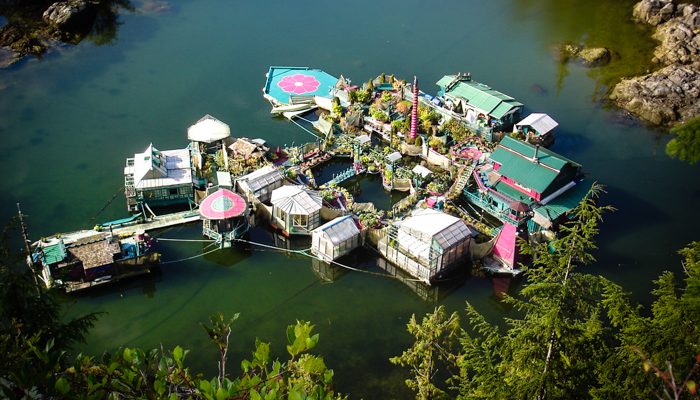
Yes, you can build almost any type of greenhouse. The whole idea is to grow foods during a longer season. But this greenhouse is something you’ll have to take a look at yourself. Here’s an article I found from our friends atPrepForSHTF where you can read the article in its entirety.
This Is The Greenhouse You’ll Want For Your Homestead
This is a greenhouse based on the Earthship design. Earthship is a trademark design and it was started by Michael Reynolds of Earthship Biotecture. The company is based in Taos New Mexico.
The walls of an Earthship home are typically made of discarded tires and usually packed with dirt and then covered with adobe, concrete or some other material to seal the tires off from the environment in essence and to provide more stability to the walls.
Video: watch the trailer to the Greenhouse of the Future…
“Based on 40 years of experience by the Earthship Biotecture enterprise in house construction using tire foundations and, according to scientific researches on the subject, burying tires represent a minimal risk to human health and the environment”.
Things to Consider
Tires can be found virtually anywhere, and often times they can be found and gathered free. It is costly for companies to dispose of tires properly so they generally end up in a pile somewhere waiting for removal. Garages/service shops in some cases, will charge you a disposal fee when selling you new tires if they are the ones that are mounting the new tires, and removing the old ones. With this in mind you can likely gather all of the tires needed for virtually nothing more than the labor and time needed to haul them back home.
Tires are easy to work with and do not require any specific skills to construct a wall with them. Everyone in the family can be involved in the project. Of course gathering tires and utilizing them in an environmentally friendly ways means less tires in landfills and less tires laying around filled with water. Tires are beacons for rodents, and snakes and when filled with water they are breeding grounds for mosquitoes. Once in place people have found that tires are more resilient over time than concrete.
Glass bottles can be incorporated into the walls, and again you can probably find all that you need by asking local vendors, restaurants, and even bars for their empty containers. They have to pay someone to haul off their empty bottles so make sure it is you hauling some away for your greenhouse project. Bottles incorporated in the walls, especially colored ones can add light and color.
The greenhouse is based on passive solar heat which means less glass than a traditional greenhouse, but with the roof being orientated properly and insulation of the north side the greenhouse would better contain the heat that was gathered during the daylight hours. Keep in mind with this design it could be used for more than just a greenhouse. The south side of the greenhouse is constructed totally of glass or some other material typically used for greenhouse construction.
The slanting sun during the winter months shines through the south side glass heating the tire walls, which in turn will radiate the heat back into the structure as the temperature drops at night. You would not need an alternative heat source at night in most cases.

